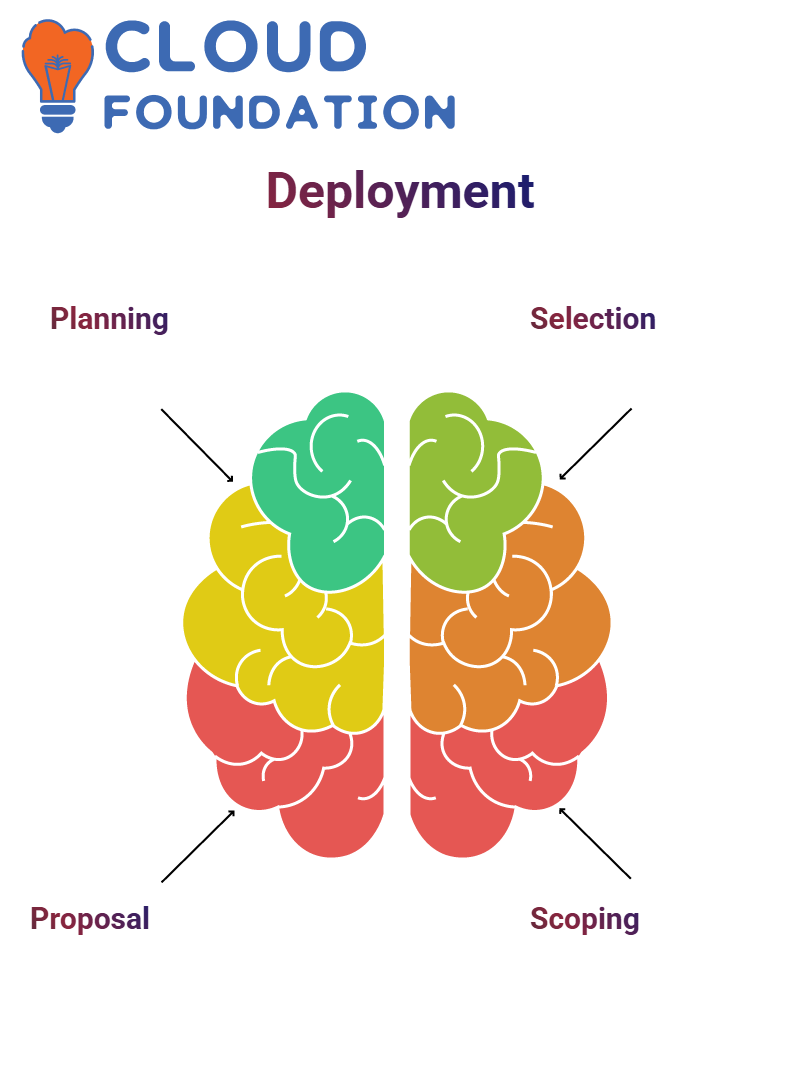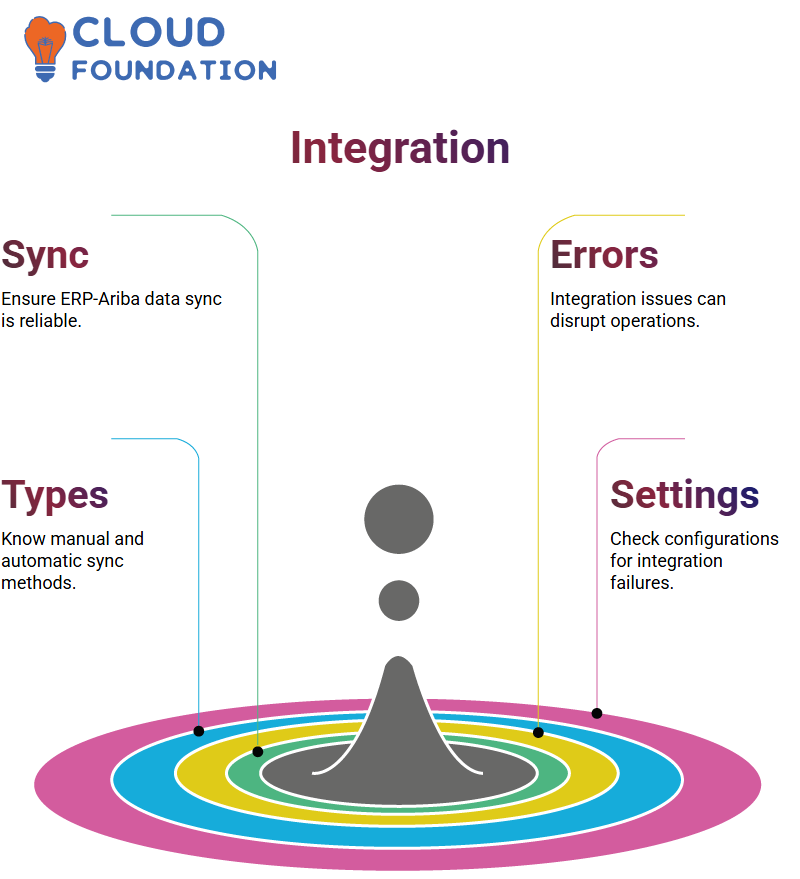SAP Ariba implementation training
SAP Ariba: A Practical Instructor
Buckle up for an insight into SAP Ariba! If you’re aiming for fluency in SAP Ariba, here is an advisor who can help you effectively demonstrate your skills.
First of all, you should note that it is your resume that will help you connect with SAP Ariba, and not your other documents, simply because your resume is the only document that is being seen by the people you want to reach.
Your resume should be definite and to the point. It should not be 10 pages long if your work history counts ten years of experience.
Instead, please focus on the must-haves, ensuring they accurately reflect your work in SAP Ariba for the recruiter.
One of the prevalent errors that a large number of candidates at interviews commit is not giving out important details like contact reports, date of birth, and work experience those mentioned above are the details that thrust the talent that the company is still in the process of recruiting from revolving doors to corporate hires of the new blood.
Without them, the process resists passing. Moreover, these are usually the reports that most firms need to balance candidates through the referral portals.
Not many things are as indispensable as being prepared to relate your skills to the job description when preparing for the SAP Ariba interview.
The situation is such that if the role requires one to be skilled in upstream procurement, then one should be in the middle of SAP Ariba’s sourcing processes.
Another case is when a professional is indispensable to participate in a downstream manner, then the skills in SAP Ariba’s procurement functions are the ones that will be most helpful.

SAP Ariba Implementation
SAP Ariba is a commanding purchasing solution that hones the buying processes of companies.
During the realisation of an SAP Ariba project, it is vital to be familiar with the stages that are included.
Many specialists are uncertain about the actual need for end-to-end implementation expertise in SAP Ariba.
Even if one has not run the project alone, participation in the implementation team exposes one to the numerous stages of SAP Ariba deployment.
The generation of a framework document specifies the processes of ‘As-Is’, suggests the proposed ‘To-Be’ flows, and also reveals any probable gaps where further adjustment or alternative solutions are necessary.
At this stage, the SAP Ariba implementation team ensures that all stakeholders have a clear understanding of the deployment strategy.
The last steps provide a green light and confirm acceptance before system testing and implementation, with extensive follow-up.
The implementation of SAP Ariba in an organisation requires a well-thought-out plan to ensure success.
The first step is to acknowledge the layout document by signing the latter, thereby ratifying the agreement between the parties involved.
This document outlines the current system and highlights the areas that require attention.
Once the sketch document is ready, the construction phase starts. SAP Ariba templates are created based on the demands obtained during the planning phase.
These templates serve as the foundation of the system, ensuring uniformity across all modules.
Main Stages of SAP Ariba Implementation
Every SAP Ariba implementation project starts with a swap of ideas and a bit of pre-planning
If a business decides to implement SAP Ariba, it will solicit proposals from several providers, who are then invited to submit their bids.
One of these vendors will be chosen based on the provided mandates and their competency.

When the vendor is selected, representatives from both parties will meet to outline the project scope and provide the SAP Ariba deployment schedule.
This then leads to the official kick-off meeting, where all the details are discussed and finalised.
Edifice SAP Ariba Solutions
The solution scheme is the phase where, through workshops, the business requirements are studied and the SAP Ariba capability is introduced.
In these workshops, demos of SAP Ariba are used for end users, allowing them to understand how their processes will change.
SAP Ariba applications and the company’s current system are meant to be the same.
Meetings are held to discuss procurement, supplier management, and identifying a suitable source to ensure the solution aligns with the specific needs of a particular company.
SAP Ariba Cutover
Once UAT and SIT are complete, the next step is the cutover phase. First, we limit the number of users to a select few who have access to SAP Ariba, ensuring a controlled onboarding process.
However, as time passes, we will first load the Maestro data and finalise the integrations, and then move to production.
Although it doesn’t become operational immediately, SAP Ariba continues to manage the situation. A go-no-go test determines whether we will proceed.
This smoke test is a security measure to ensure the software is running smoothly before the entire operation begins.
Going Live and Business in SAP Ariba
When the smoke test gives the green signal, SAP Ariba enters production, indicating that the system is ready for use by actual users.
At this time, enterprises begin to utilise SAP Ariba in their daily operations, enabling them to run their procurement processes with maximum efficiency.
SAP Ariba will be under the care of hyper-care support while users familiarise themselves with the system.
Service teams continuously control the software for at least a couple of weeks, fixing issues and addressing end-user problems.
However, it is hyper-care that takes care of this, which can be accomplished within a short period based on the project’s scope, and that would not disrupt the smooth transition.

SAP Ariba Daily Support and Handover
As hyper-care comes to an end, support for SAP Ariba will be passed to a team that is fully engaged in the business topic.
Companies can select either an internal group or an external partner, for example, Capgemini, to address current SAP Ariba inquiries. This change guarantees that the issue will be resolved without a gap.
The team’s support is maintained through the use of ticketing systems, such as ServiceNow or Jira, to follow up on any arising problems.
If any issues persist from hyper-care, the executing team will address them until they are resolved. The long-term care support provider will handle new items that arise.
Establishment Specialisation in SAP Ariba
If anyone is gazing forward to an occupation in SAP Ariba, it is always a good idea to have your resume prepared.
The main aspects that can be delineated about practical adventures in SAP Ariba—namely, sourcing and supplier lifecycle management—can help to make your journey to the job shorter and faster.

Applicants must select a specific module and participate in hands-on exercises as a means of gaining their trust.
Fluency SAP Ariba means that you are going through the process of learning with the help of experts in the field, continuous drill, and unambiguous articulation of your experience 2-3 years in SAP Ariba consent to them to positively showcase their talent through familiarity with primary functions like editing templates and mapping supplier zones.
SAP Ariba Perception of Daily Routines
When confronted with SAP Ariba, you need to be involved in the day-to-day activities of the system.
The end user would engage in numerous tasks and undergo multiple tests throughout the day.
You may, at one point, be dealing with procurement issues, and then move on to address participants’ inquiries, concluding with the resolution of technical glitches.
A vital factor is the documentation of issues.
Whenever you encounter a problem, document the exact steps that caused it carefully. This will lead you to a more organised problem-solving process.
SAP Ariba Workflows
SAP Ariba uses a structured operating model. If you are involved in activities related to the sourcing process, you should be aware of the flow from RFQ to the creation of a purchase requisition and the generation of a purchase order.
Representing this process with a flowchart will help clarify the actions involved.
On the one hand, upstream activities are vital and include the development of new workflows and the daily management of established ones.
The line of duty will always involve answering questions about features and resolving workflow issues in SAP Ariba.
SAP Ariba Delegation Issues
One of the things that causes a lot of trouble in SAP Ariba is how to run delegated access.
Delegation is indispensable when a specific resource becomes unmanageable, for instance, when a user is on leave.
At that point, access should be allotted to another user to verify that the operations continue without any hindrance.
Follow the steps below to delegate in SAP Ariba. First, go to “User Management” and “Delegation Courses”.
Then the system will ask you to enter the user ID using a cursor. Once set, the person to whom the access has been delegated will be able to act on behalf of the original user.

SAP Ariba Approval Tasks
Approval tasks are an inseparable part of SAP in Ariba. Usually, these approvals are made in the Supplier Lifecycle and Performance (SLP) module.
Users typically face the issue of approval tasks being incorrectly completed”
When resolving approval task issues through troubleshooting, ensure that you verify the configuration settings and confirm that the required approvals have been assigned correctly in SAP Ariba.
SAP Ariba Integration Errors
The communication between SAP Ariba and an ERP system is essential; it’s the integration.
Therefore, data synchronisation with enterprise resource planning (ERP) systems is notably indispensable, which is why errors in the integration can paralyse the overall process.

Identifying the two synchronisation choices available—automatic and manual—is very important in resolving integration issues more quickly.
If the system crashes at a critical point, there may be a problem with the settings or the data may be being directed to the wrong place.
SAP Ariba Interviews
When preparing for an interview regarding SAP Ariba, ensure you can discuss your experience in sourcing projects, resolving issues, and addressing common technical challenges.
Regularly, interviewers are interested in the trials one faces while doing their current job in SAP Ariba.
Be prepared with these three examples: when you couldn’t get inside, when you were changing the authority, and when an approval task was causing trouble.
Competence SAP Ariba: Essential Perceptions for Success
SAP Ariba revolutionises procurement and supply chain management. If you are entering the industry for the first time, it is vital that you persistently train and be actively involved with the materials.
Access to SAP Ariba training materials is generally allowed for 60 days. After this period, it will be necessary to contact Cloud to request additional data. Although your access expires, reaching out to other online resources and doing practice work will help you stay at the forefront of technology.
Learning SAP Ariba can be pretty demanding, especially when you are faced with more than one task.
The initial stages of the learning process may seem confusing, but having good time management and sticking to a schedule of regular repetition yields good results.
Even if you have completed the training and the resource is unavailable, you may still encounter issues while utilising SAP Ariba.
If any problems arise, please don’t hesitate to get in touch, and someone will be ready to assist you.
It’s not only during the training that SAP Ariba’s power is demonstrated
Reading through documents, refreshing one’s clarity of issues and real-time problem-solving not only will develop your knowledge but also your skills for the future of your job
If you’re preparing for a job interview or strengthening your skills, being a regular user of SAP Ariba is still very important, and if you have learning that is continuous learning, you’ll be more driven and can make a huge difference in your business

Navya Chandrika
Author



